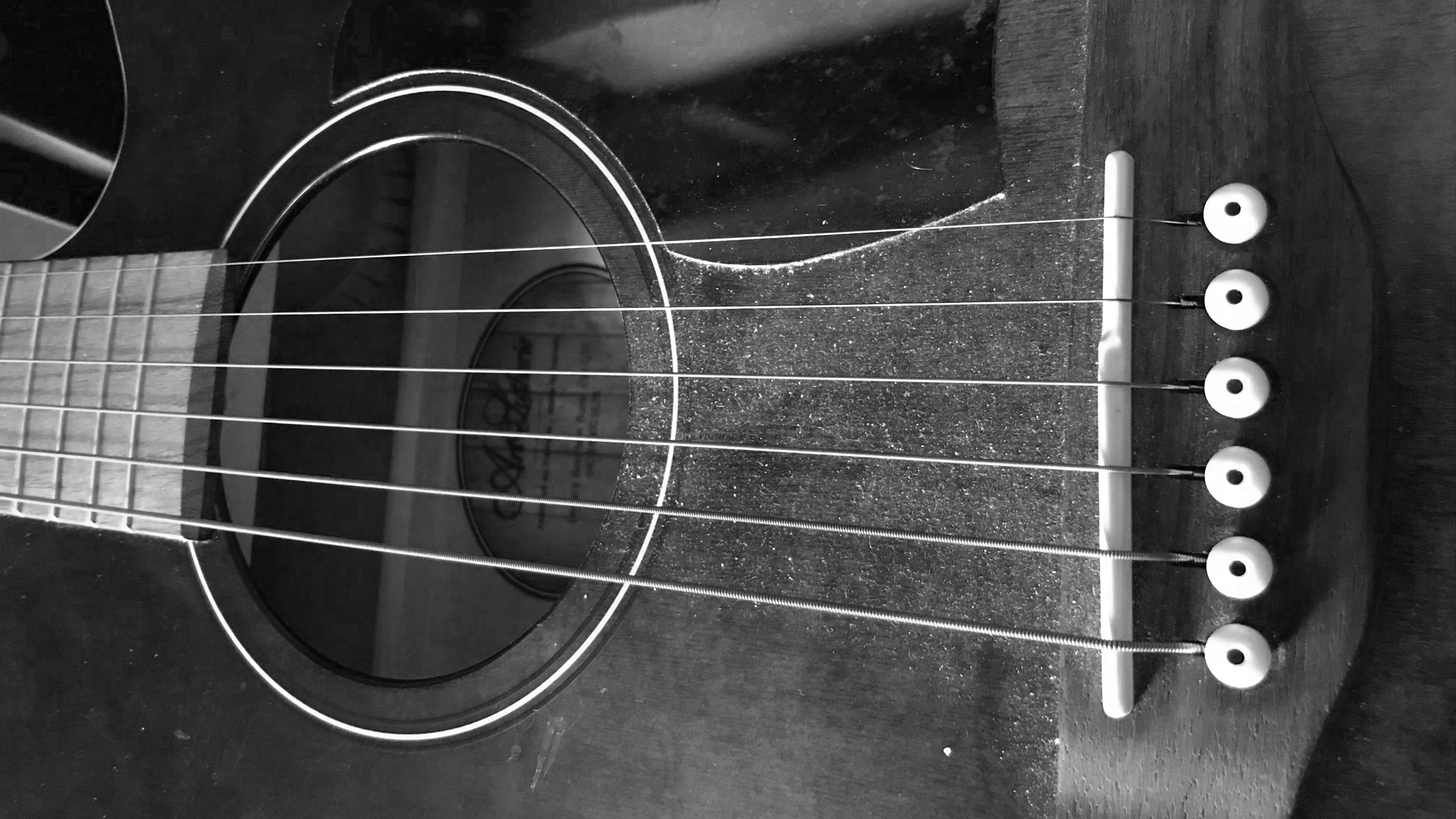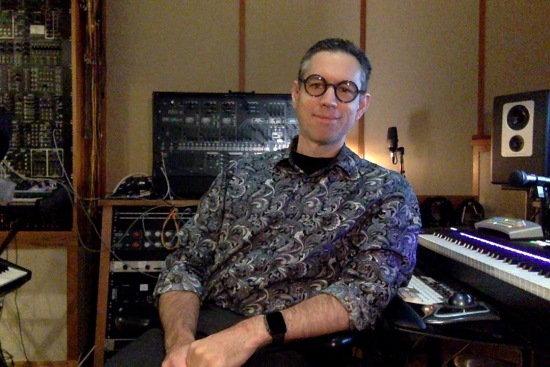
The story
My first ever steel stringed guitar, an Arts And Lutherie CW QIT, a very catchy name, definitely.
I sampled the twelfth fret harmonics of this guitar in three different ways (microphone, line out, and through my dusty “renovated” SoundKing amplifier), using two different playing styles (pinch, and thumb), which are set as the two velocity layers.
FX1 controls a basic low-pass filter, whereas FX2 is considerably more interesting. It controls a convolution reverb with a custom IR, which gives it a dark and mysterious character that I personally adore.
This is my first ever fully fledged sample library, so it may not be that great, but I hope some of the people on here can have some fun with it, as I certainly have!
Reviews for Dusty Steel Harmonics
- Sound
- Character
- Playability
- Inspiration
- GUI
Leave a review to let others know what you thought of the instrument!
An Ambient "Steely" Sound
A steely guitar with a dark ambient tone to it. I like the use of the harmonics which dampens the resonance of the strings and creates a muted ring instead. There are inconsistencies with the tone between registers and some hum/buzz buildup however a great instrument nonetheless.
Dusty it is
With a couple of notes, you can make it work, maybe build some sound effects from it. I do like it a lot more after turning down the "Amp" button, but the fret buzz and inconsistencies of many of the notes do make it less appealing to play.
Kind of Unnatural
I am usually pretty fond of harmonics libraries. I find them really nice to layer with real recordings. This one however i found to sound pretty un natural. Maybe it was too heavily processed or maybe this is just because of how "dusty the guitar is. Its definitely an interesting sound but it just doesn't inspire me like it might some others. The GUI and knobs looks nice but are kind of confusing. Its not very intuitive and you definitely have to mess around for a little before you figure out what's going on. Also there seems to be kind of a jarring difference between different notes that leaves it not feeling as smooth as it could be. Good effort but im personally just not really into it. I look forward to hearing what you do in the future
A confusing experience
The initial impression was good, since the samples don't seem to have any big noise issues, and there is some nice potential on this instrument in general. The other users have mentioned a lot of issues that might help you out understand the nature of the instrument.
I tried to figure out the GUI so I will write about what I THINK the knobs should be labed as.
Mic: Clean volume
Line: Noises, that you might want to turn of for a more pristine sound
Amp: Distorted Volume, that only works on the highest velocity and audible if you turn down Mic.
V: Volume/Expression
FX1: Low Pass Filter - FX2: Reverb.A Guitar with some issues
There are unfortunately some issues with the way this library was programmed in Kontakt that are holding it back. If you turn the FX1 knob all the way down, it mutes the instrument entirely. Once you have that knob turned up, you can then dial in the amount of mic, line, and amp sounds you want. You might think you could turn down FX1 and turn up FX2 and try the same thing, but that doesn't work. In addition to applying effects, FX 1 also controls the main volume of the instrument. There are three groups of zones with two velocity layers each. The first group is devoted to the mic samples, the second to the direct samples, and you'd think the third would contain the amp samples exclusively, but it doesn't. The lower velocities are back to being the mic samples while the higher velocities are amp samples. I'm not entirely sure what the amp is supposed to be. It sounds a bit like a rubber band stretched over an empty tissue box played in the next room. The line samples have a very big timbral difference between the two velocities layers. You'd have to stick with one or the other because it's like two different instruments. The mic layer unfortunately doesn't fare much better. There are huge timbral differences from sample zone to sample zone, and unfortunately, the B string was almost a half step flat when it ws sampled at the higher velocity. So, I'm sure many lessons were learned by the samplist here, and anyone who's created a sample pack before has had one or two which didn't turn out quite as nicely as we'd hoped. I hope this samplist keeps working on developing his or her craft.





